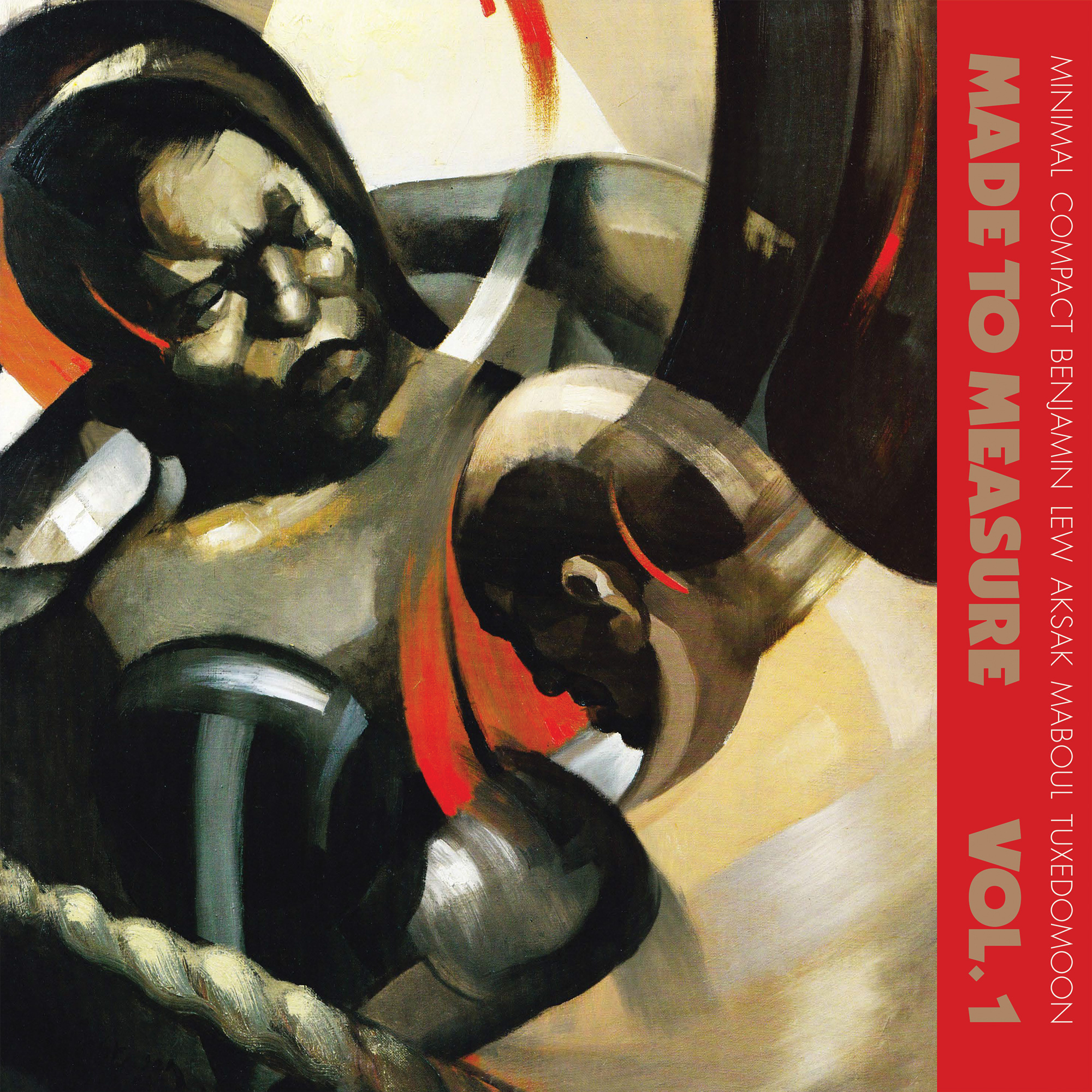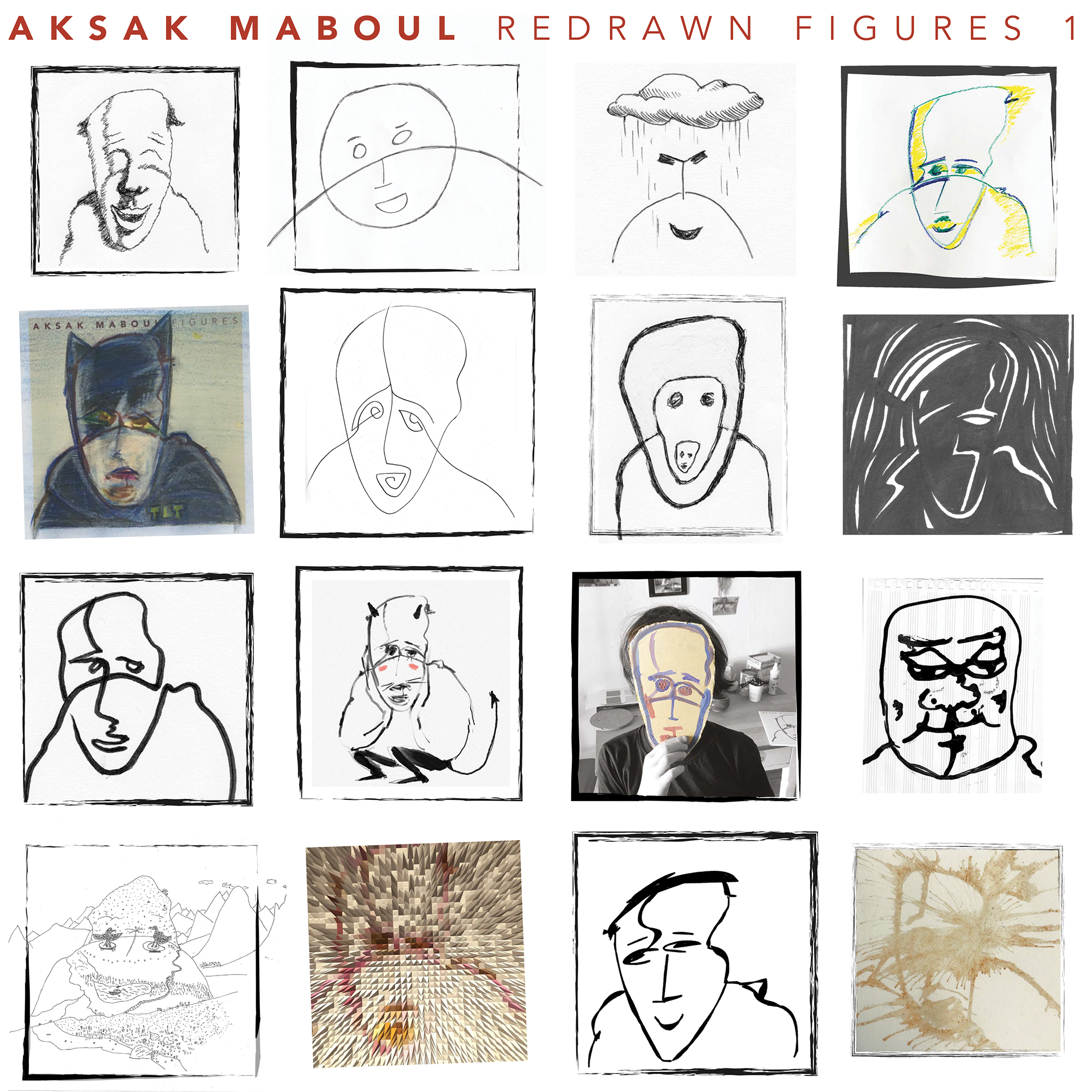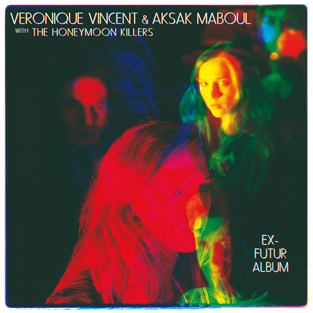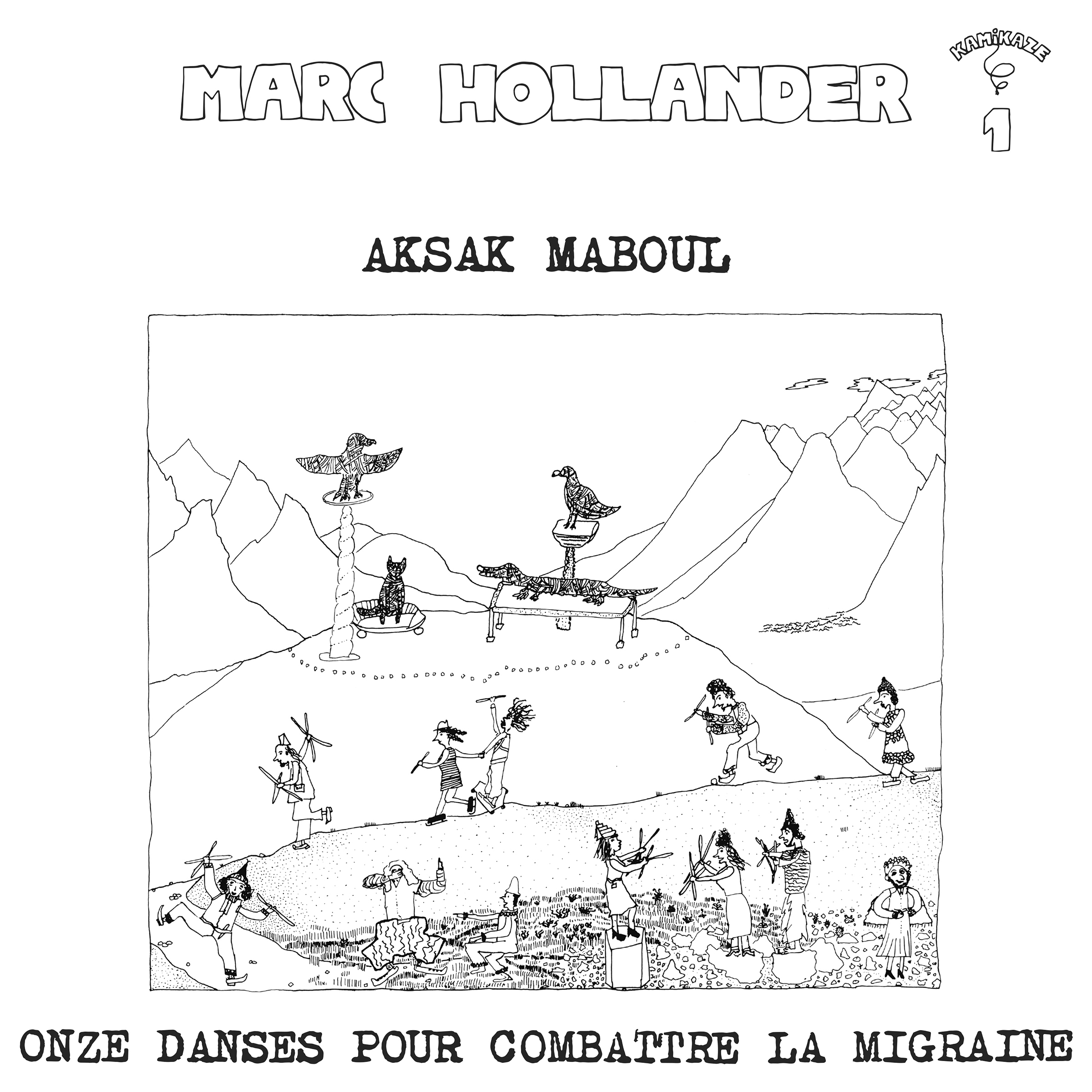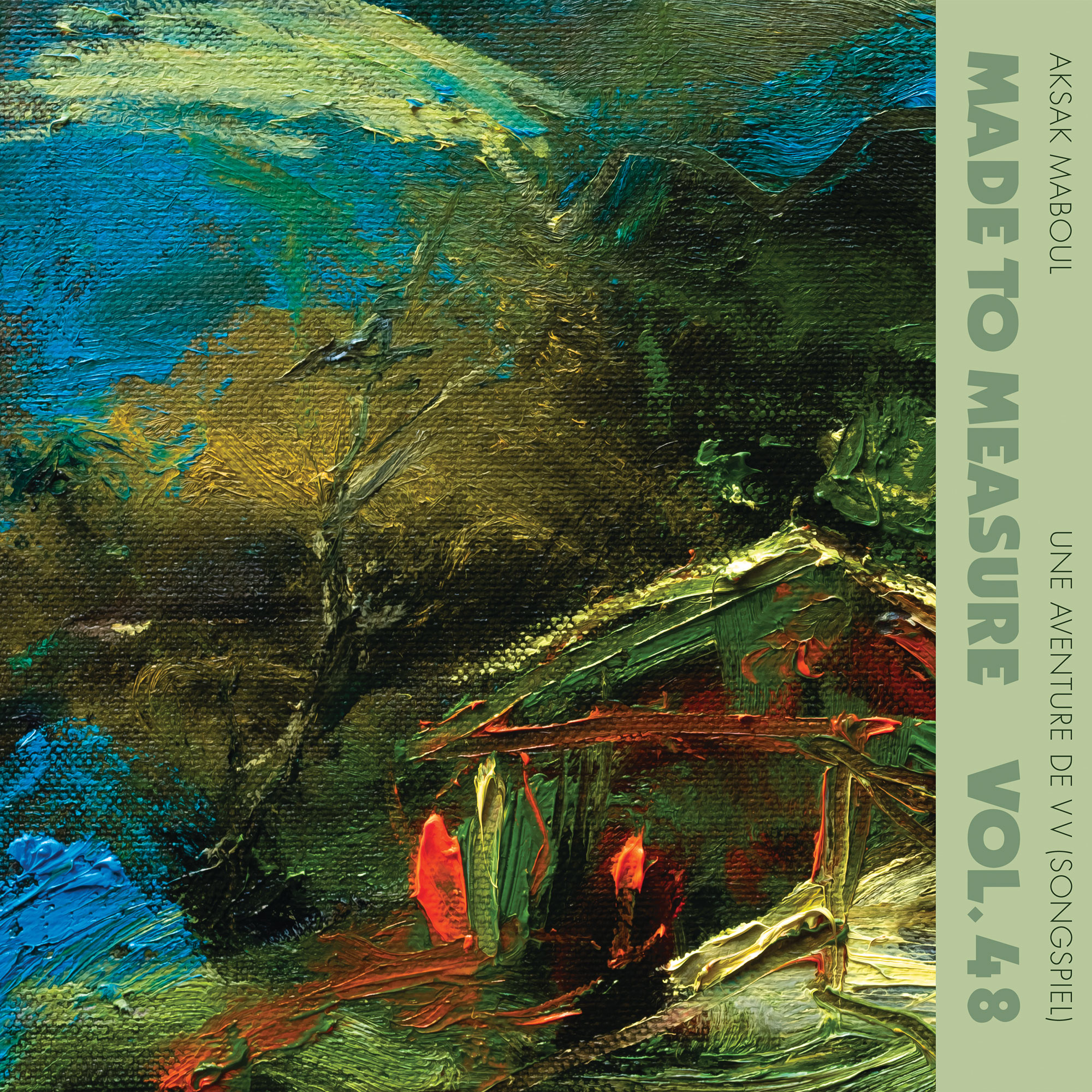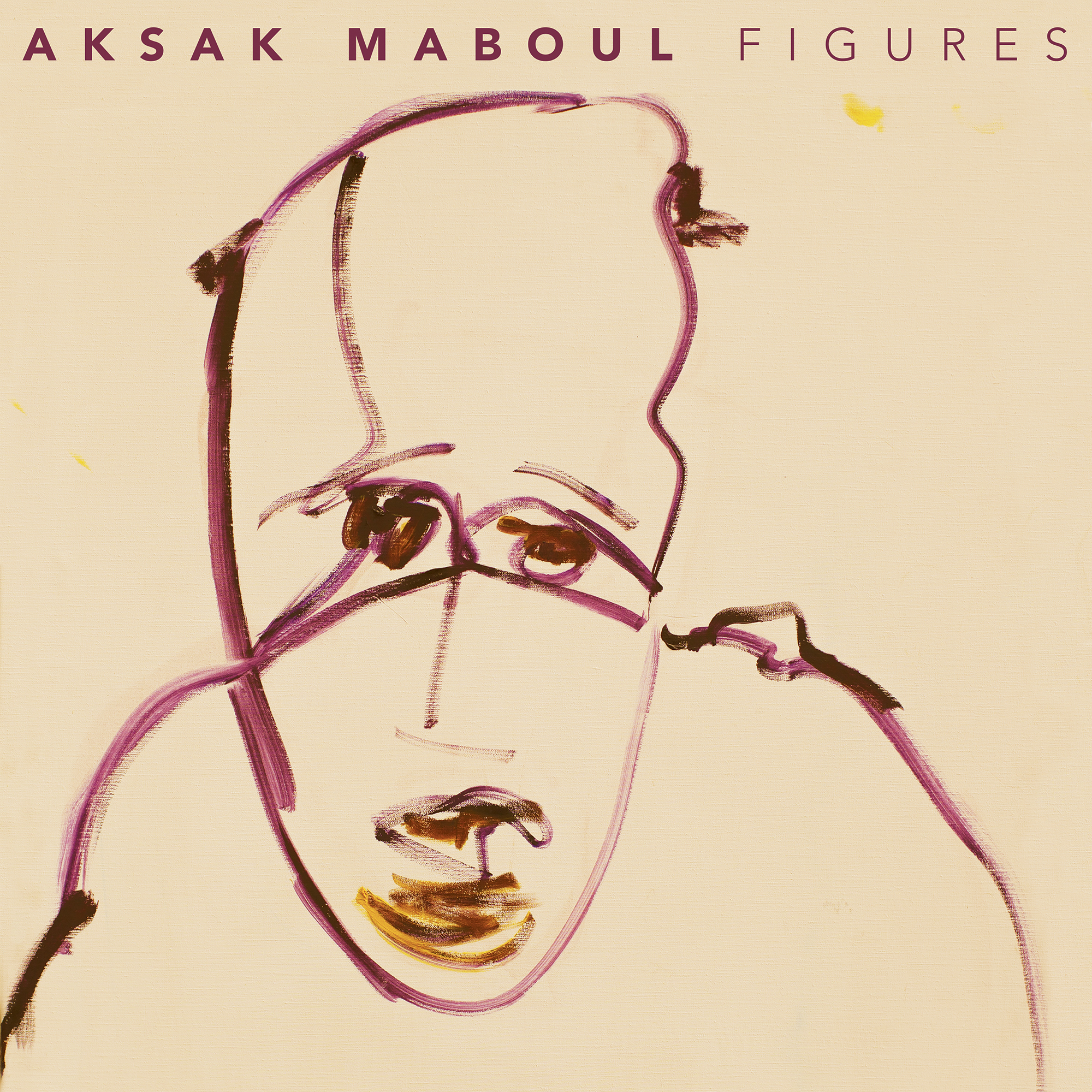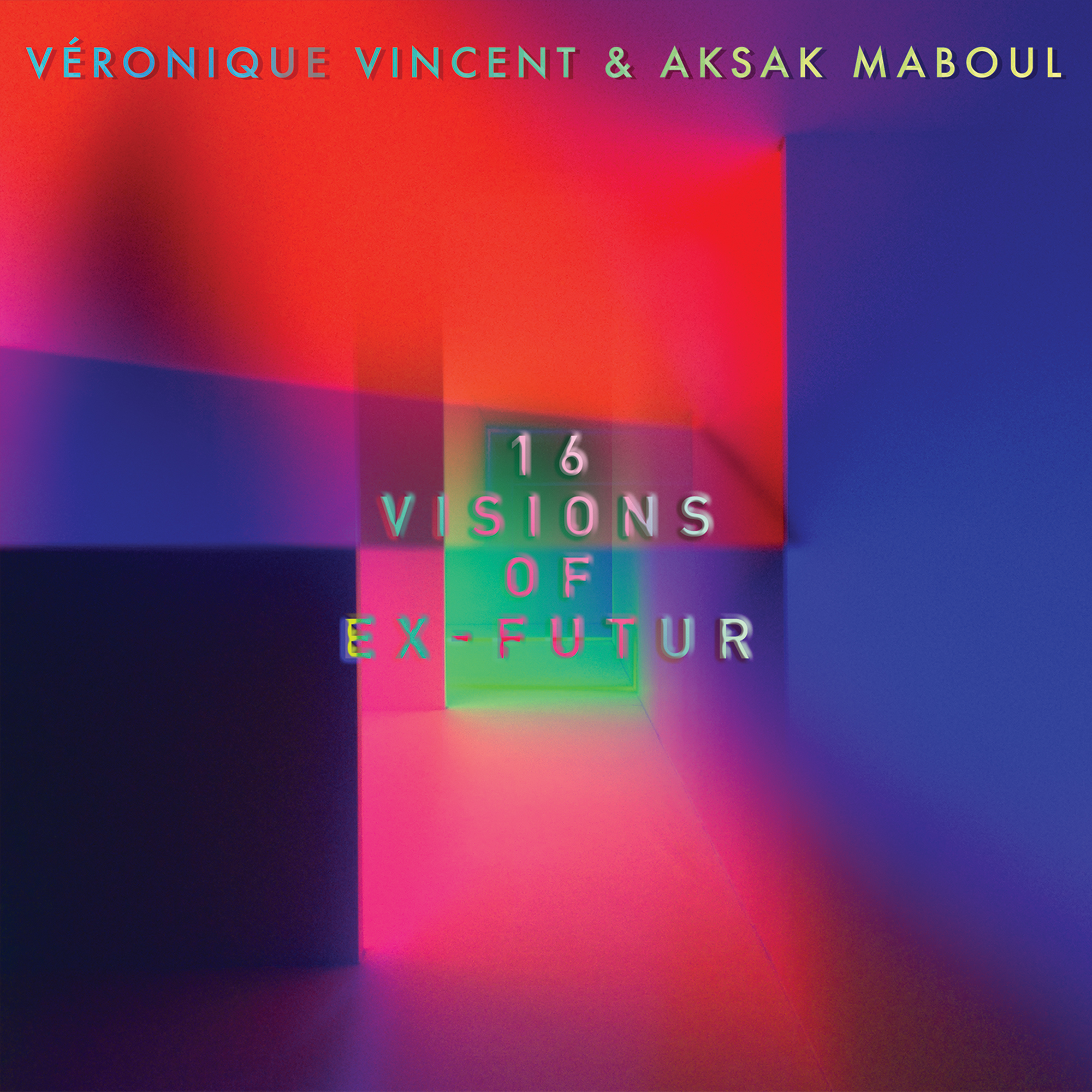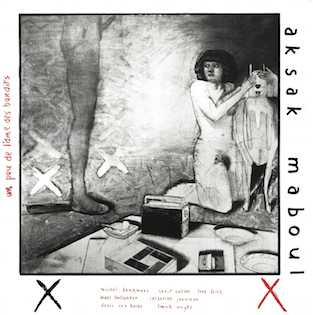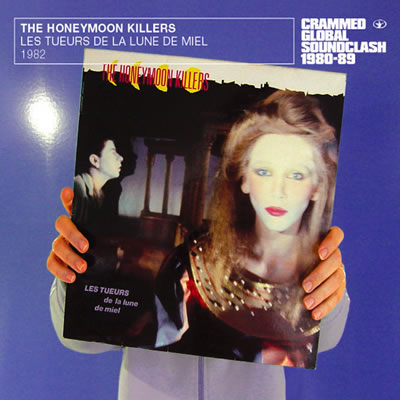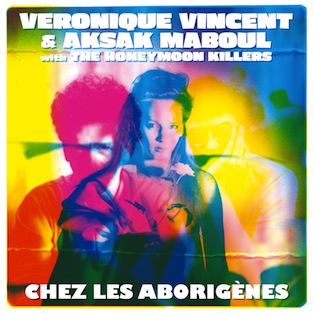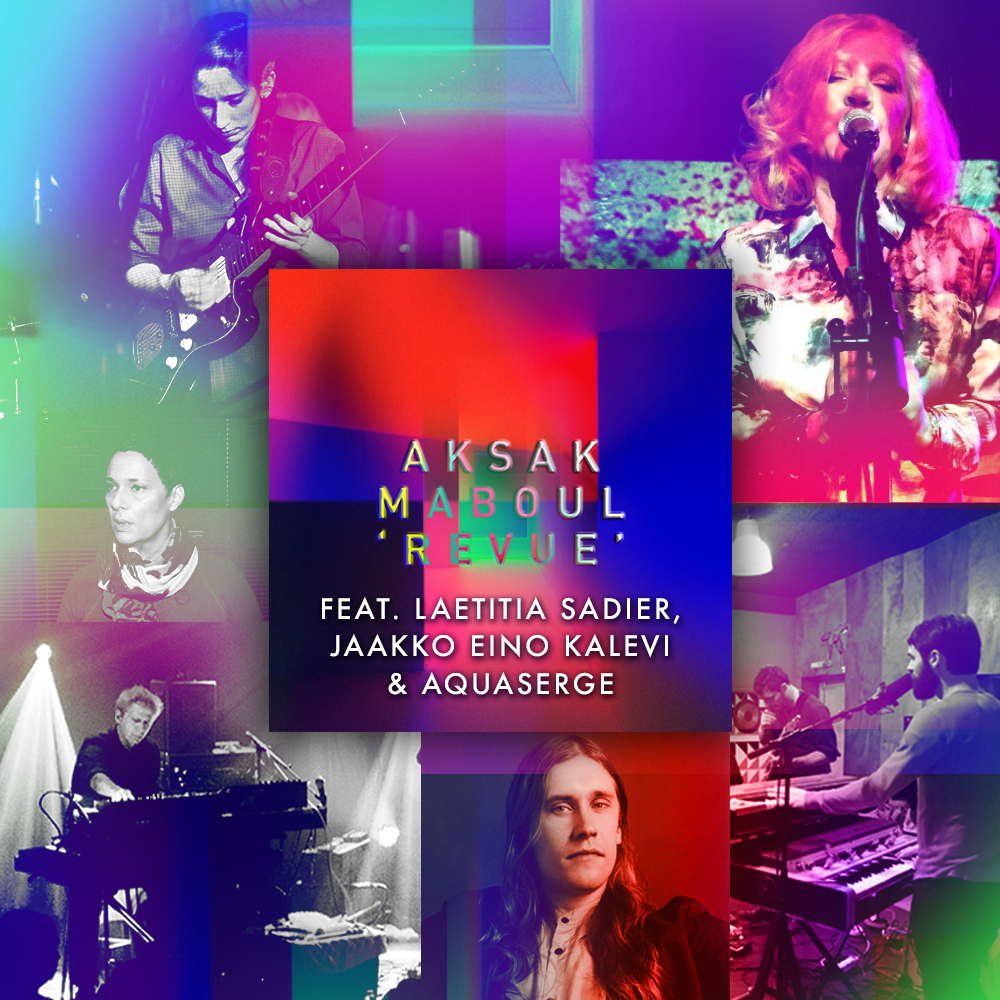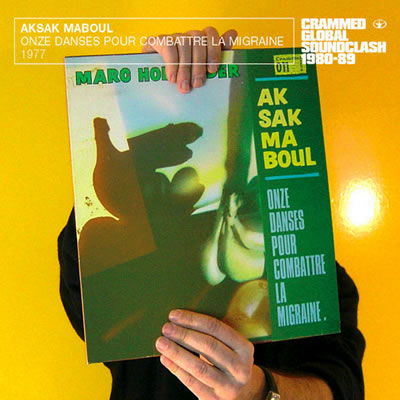
(LATEST NEWS: Onze danses pour combattre la migraine is being re-issued on vinyl, with its original 1977 artwork and three bonus tracks. More info here)
In the spring of 1977, two young Belgian musicians who call themselves Aksak Maboul (aka Marc Hollander & Vincent Kenis) set out to record an album, Onze danses pour combattre la migraine, in which they playfully fused and deconstructed all kinds of genres to create their own musical world. Three years later, Hollander founded the Crammed label. Many ingredients came in and out of the Aksak blender : fake jazz, electronics, imaginary African & Balkan music, minimalism... there were even pre-techno aspects such in as Saure Gurke and its characteristic keyboard stab pattern which will mysteriously find its way into many classic Detroit techno tracks some ten years later. Onze Danses became a cult album, and seems retrospectively to have mapped out the way for the various directions which have been explored by Crammed during the next two decades.
The album has been described as an assortment of musical sushis, which exudes peculiar charm and takes the listener through an wide scope of atmospheres, with mischievous winks to Thelonious Monk, Robert Wyatt, Satie, Ellington, Nino Rota, Eric Dolphy, Kraftwerk, Ravel and the American Minimalists; tributes to Pygmy, Berber and Romanian Gypsy music; primitive drum machines and demented "human sequencer" organ lines, along with assorted snatches of fake ethnic, fake jazz or fake classical music.
Aksak Maboul by Anna-Bianca Krause
These were tense times. The Sex Pistols were on tour. Rod Stewart and the Eagles were heading the charts, and people were either boring themselves stupid with Paul McCartney's Wings or drifting off to Berlin, as David Bowie had done. There was a feeling in the air that one had to risk doing something new, and some people started calling the resulting phenomenon 'New Wave'. Amidst the restless atmosphere of the 1970s, an LP emerged as if from nowhere that started as if it were a radio broadcast for children. Where did this music come from? From Europe or from far away? Was it a message from the future, that had been forgotten somewhere in the past? The instrumentation consisted of guitar, organ, saxophone and violin, but there were also instruments the use of which had hitherto been strictly taboo in contemporary productions. For example, an old-fashioned piano could be heard alongside a clarinet, an accordion, a xylophone or an electronic drum machine. The music was melancholic, sometimes sad, and yet it was refreshing, lively and made its listeners happy. A woman's voice came and went as if blown about by the wind, a singing child, melodies for eternity, and again and again little surprises as if with each piece one were unwrapping a small but precious present.
(This text was written for the CD re-release of the album, in 2003. ABK is a Berlin-based music journalist. She hosts influential radio shows and contributes to several newspapers).
Aksak Maboul in the press
"A sum of musical and cultural references which knows no border between countries and civilizations... a spirit inherited from Dadaism and Surrealism" (Stéréoplay, France, '81)
"One of the jewels in the crown of new European music... Intimist and mischievous, bouncy and velvety, brimming with inventiveness" (Le Monde de la Musique, France, '78)
"Moving from traditional dance motifs to modern musical riddles, the result simply defy any attempts at pigeon-holing.... music for your body, your head and your heart" (Time Out, UK, '81)
"One of the most beautiful records ever produced... Aksak Maboul brought together every musical material which Europe had to offer, which resulted in a perfect, fresh and unusual masterpiece" (Tip, Germany, '82)
"It's like an initiatic and ironic journey in the land of Marc Hollander and Vincent Kenis, barely escaped from the asylum of Common Sense" (Libération, France, '80)








